I have no idea if that’s a good title, but we’ll go with it. Y’all can raze me in the forums.
Consider a photo where you have the desire to have motion blur, but also have a main subject. Usually that involves some sort of composite, or if the motion is fast enough a shutter speed that captures the subject being still but allows for the visual appearance of movement where you want it.
A good example of this is propeller-driven airplanes where you would select a shutter speed that is fast enough to stop the plane in the photo, but not fast enough to stop the propellers (because if you stop the propellers – the picture looks and “feels” weird).
But the ability to control the shutter speed into that “sweet spot” at times isn’t possible between the speed of movement and lighting conditions, and this is where this patent application is attempting to resolve everything automagically for us.
Canon spends a lot of time describing this for sports photography, but if they make a general scene and subject detection system, I could see this being used in various sports and other modalities.
What is described is similar in technique to taking photos of waterfalls handheld, where you rattle off a burst series of photos at a decent shutter speed, and then composite them back together in post-processing. You have for all purposes, almost the same effect as if you took one long exposure.
But this has problems if you have a subject in the photo that needs to remain in focus and without movement. Usually, you don’t have a subject in the frame in which you want to remain completely static and in focus, and if you do you have to manually go in and selectively remove that object from frames that are causing motion blur to show in the final image.
Alternatively, if you go old school and simply take a long exposure you have to make sure there’s no subject in the frame with enough motion to cause problems.
Using the example of Figure 13, we have a person standing to the side of the waterfall. Normally we want to slow down the shutter to capture the water in movement, but still have to be fast enough to freeze the person in the frame. For me, this is a pretty logical example of this patent application.
Canon’s idea and the meat of this application is to create a composite of the subject with fast movement by taking a series of shots as fast as possible (in this case 120 frames per second), then the camera can composite the frames together to achieve the motion blur, but also at the same time isolate the subject. Since they know where the subject is (you have auto-focused on the subject) the camera can create a depth map, isolate the subject, and use that as the basis to composite the slow-motion frames and the fast subject frame.
Kind of neat, and I can see this saving a ton of post-processing time by allowing a person to do more in camera.
As with all patent applications, this may never end up in an actual product, but it serves as a glimpse into what Canon is researching.
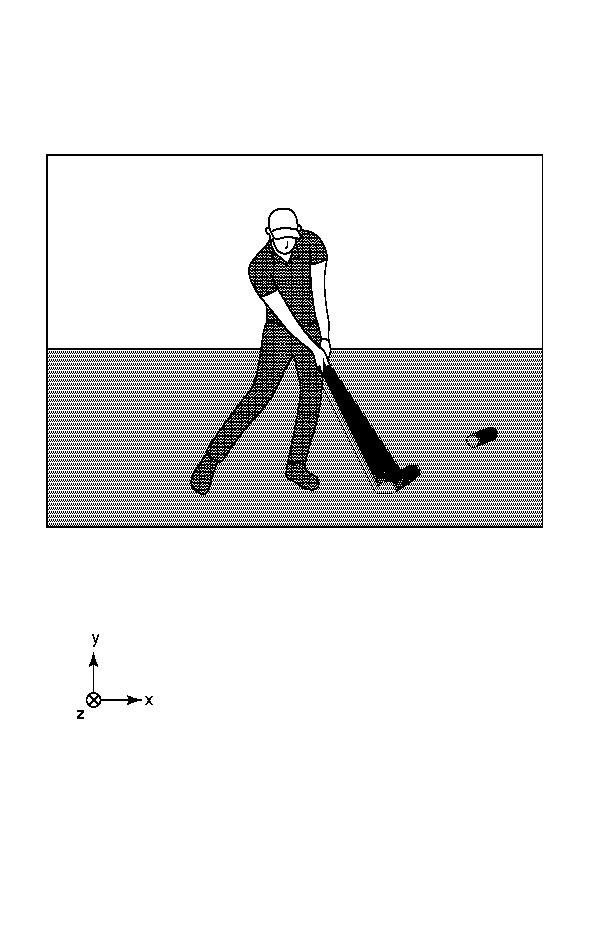
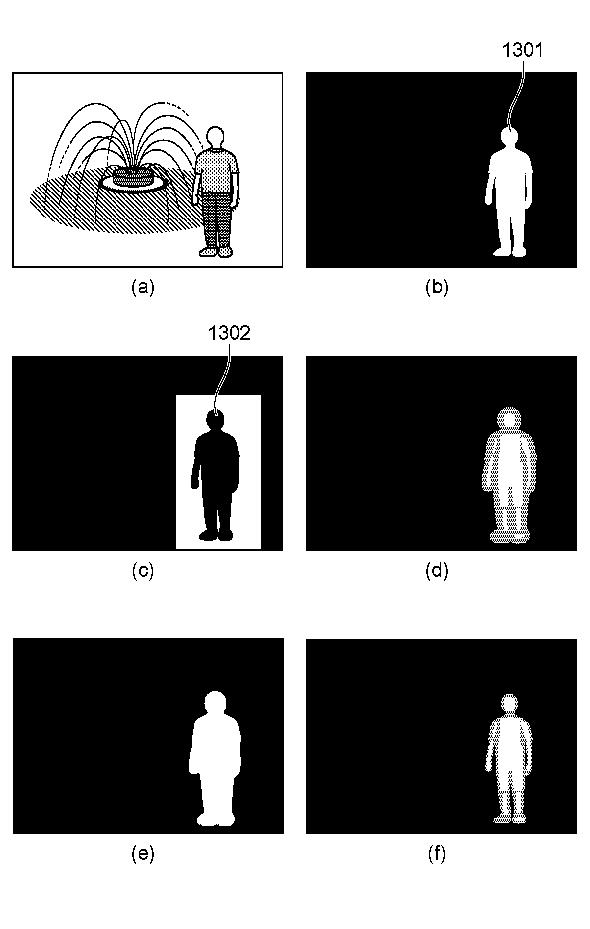
Source: Japan Patent Application 2023-122427
|
When you purchase through links on our site, we may earn an affiliate commission. Here's how it works. |



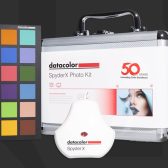
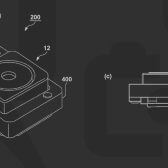
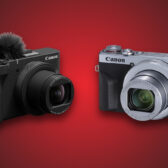
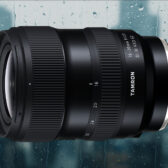
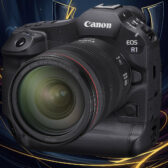
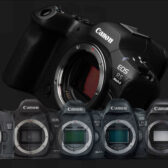
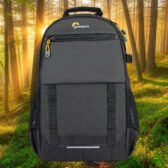
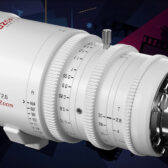

I don't know, if I would use this, if my camera had that feature.
What comes to my mind:
I did not really comprehend the other examples.
also foreground with water background scenics, etc.
AI? it would be creating versus documenting. also, it would be difficult to determine accurately the movement vectors without multiple images.
I think motion blur would document better in some cases as it would show a measure of motion that wouldn't necessarily be captured normally.
Fully agree, when it comes to documenting.
AI would be against sports/news/agencies photos, IMO.
But from an artistic point of view, so when it is about creating art, IMO there is not that much difference any more to modify a photo by photoshop or by the help of an AI.
I suppose it is just a question of time until an AI has learned enough from "real" motion blur photos.
Disclaimer: I am a purist in photography. PP is something I try to
But I am interested in the development of the photography in combination with AI.
And what others will do with it (for the good and the bad, I know).
- Waterfall where as you want to freeze leaves/branches around the waterfall. Normally, compositing is the only option with a faster shutter speed for the leaves ie no one area for the focus point
- Seascapes where you generally want both the clouds and the water to be blurred vs the rocks/beach etc ie potentially half of the image would be blurred
- Using a very long shutter speed for a streetscape where you want the people to blur out almost completely leaving the architecture.
Why not capture all the data and let the user "develop" it in post instead?
That would eliminate the need to make it "smart" and let the user identify objects or "pick" a "shutter speed".
You can opt to spend a lot of time fixing that in post or try to reshoot the stack :)
(R8+Sigma 150 OS, 42 images)